Young Bird Racing
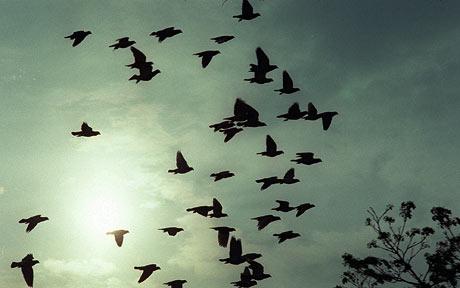 This past winter I received several e-mails on young bird racing maybe, because I had a great young bird season last season. I thought I would write a few lines on my experiences in young bird racing here in Canada. Years ago in early winter, I would pair up some of the birds so I could band young birds in early January. However, breeding early for me always ended up in a disaster. Our Canadian winters, the hawks and late springs takes its toll, and that put an end at my attempt of early breeding.
This past winter I received several e-mails on young bird racing maybe, because I had a great young bird season last season. I thought I would write a few lines on my experiences in young bird racing here in Canada. Years ago in early winter, I would pair up some of the birds so I could band young birds in early January. However, breeding early for me always ended up in a disaster. Our Canadian winters, the hawks and late springs takes its toll, and that put an end at my attempt of early breeding.
This winter I had a conversation with a pigeon flyer, and he told me that his first year flying pigeons was his best. When he got started he said various fanciers had given him some young birds, mostly from their second and third round, and that young bird team was hard to beat that year. He only had 28 young birds, practically all the same age, and they trained easy and were just about the right age when the races started with very few losses.
That was a very interesting statement, when I compared it to my way of racing young birds today. He went on to say, now things have changed considerably in young bird racing, he was referring to the modern methods of today. Years ago flying young birds up to 600 Km was unheard of, and I couldn’t agree more. In today’s method we have the dark and the light system which allows us to ship birds in excellent condition feather wise. A lot of these races are completed on the day with very good returns. Something we could not do years ago.
In the transition from being a young bird and yet not a yearling, young birds somehow seem to lose interest in flying. It is my opinion that a lot of young birds are past their prime when the young racing season starts. There is a time when they lose their zip as I call it. You may have noticed that they slow down considerably as they mature. Older youngsters are generally raced on the widow-hood system. We separate the sexes, and have to exercise them separate twice a day. Or, we can fly them as mated to the nest. Here extra roadwork is needed if we want to exercise them. A lot of this is aimed for 500 and 600 Km racing. In all cases motivation is needed to fire them up in preparation for race day. Here adding extra stress can lead to a lot of health problems in the loft, such as wet droppings and also to the point where the birds would bring up their food. Some strains perform better under stress than others. Over crowding and too much stress are the number one cause of bird losses in my opinion.
I have the best luck racing them not mated at the age of four and five months old, before they really come too attracted to the opposite sex. I feed and exercise my young birds twice a day, and after ten weeks of darkening they are nicely moulded and ready to be trained. Up to this point the length of their daily exercise has not been a concern. At the age of 14 weeks, they now have their new feathers and love to exercise for long periods of time. At this point, they are ready to be trained. I definitely take my time in training, and during the racing season I take them down the road once a week for a 50 Km hike. I have experienced that at this age they exercise together longer with a minimal amount of stress. I would like to point out in all my years of flying young birds it has been my experience if they don’t exercise at home during the week, I will need a lot of luck come race day.
For instance, this year my birds started to hatch on March the 8th and our first club race is July the 13th. This gives you some idea of how old the birds are when the races start. I race my young birds up to 450 km. Then I select my cock birds for next years yearlings and they are held back, the rest of my youngsters are raced to the end of the season. Breeding early young birds is okay, it depends on where you live and when young bird races start. For example, in places like Belgium they start racing young birds in May. In Canada most young bird races start in the first week in August. If you see what I mean that’s a big difference. The method I use has worked the best for me. It’s simple and very effective, and allows me to compete at all distances and minimize my workload.
I have a saying that happy young birds are hard to beat on race day. If you can minimize the stress in your loft, and don’t overcrowd, your chances are good on having healthy young birds. I thought some new comers to the sport would find this an interesting conversation or maybe some will disagree with me.
Young Bird Racing By Roland Paret
The Leading Online Pigeon Racing and Racing Pigeons Magazine – The Pigeon Insider

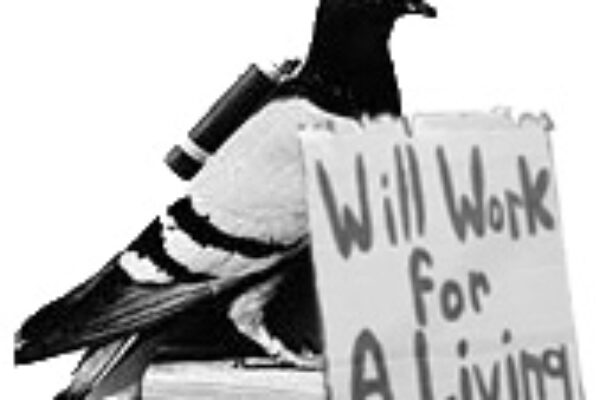

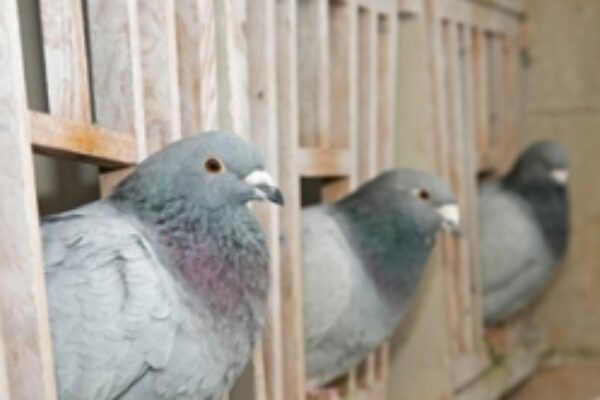
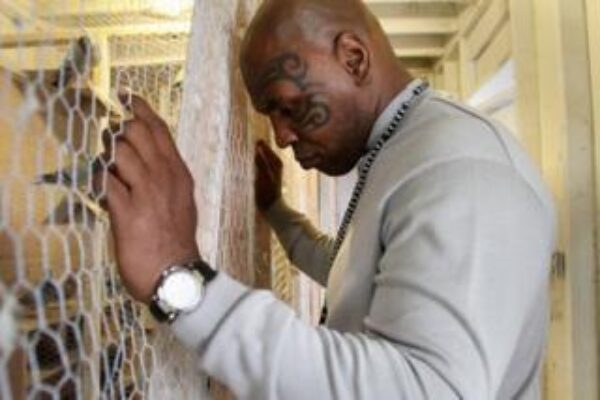
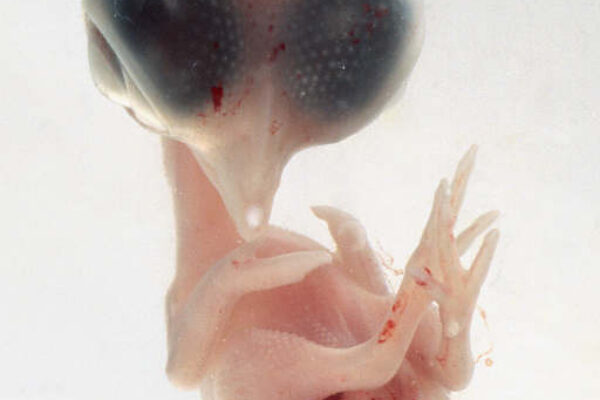
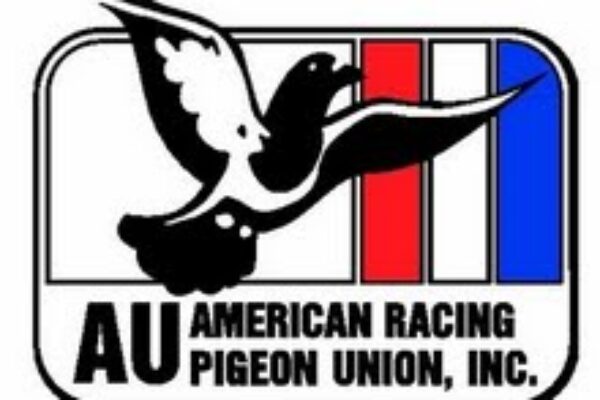


I was recommended this website by means of my cousin. I’m no longer positive whether or not this submit is written by means of him as no one else understand such targeted approximately my trouble. You are amazing! Thanks!
if you can keep 25 young bird team train the whole team out to the first release point of the first offical race in your combine than only race 5 pigeons per race half way thru the races pick out the birds with the best time and health hold these birds for the longest races than put the best of all young birds to your old bird loft for next years old bird races do the same for the old bird races and there are your breeders best mated with best start your own strain befor you go buying new birds race for 2-3 seasons than if you need new blood buy 2-3 to mate to your best happy racing
Nice text!
Most important thing is that young birds are halty and happy.Results will come later.
Daka
I haven’t raced young birds yet,due to cost,I would rather save my money for the old bird season.Seems harsh to me that fanciers would cull young birds after the first season.Some birds dont mature as fast as others.I have experienced this with my own birds.One bird in particular was hopeless as a yearling,but as a two year old you couldn’t stop him,and he is now my best stock cock as his young are just as good as him.If I culled him as a yearling I wouldn’t have this excellent breeding cock now.
i want to have my own bird, how can i get a good bird…with very cheap prize..i am not wealthy..but i want to race pigeon..and please teach me on how to condition…
Im really new to pidgeon racing, in fact my loft is being built as I write. Its so good to be able to get all these tips and information from the older more experienced flyers and the new ones with all their modern ideas. Its a great bunch of people to belong to and I wish Id become involved sooner.
Happy New Year all.
keep your eye on them and talk to your birds
Wether it’s “beginner’s luck or not, that’s how it often goes! Of course the other side of the coin is an awful 1st. season! Pretty much “half & half”! There is something to starting with birds all the same age too. Maybe he got a few really good birds from a cross section of guys in his area.I don’t start breeding ’til everything else in the area does, that is to say when I really “feel” spring.Mostly the 1st. part of April here in Pa. Used to be March when I lived up in NJ.Just started to snow here now,so I guess I still have time to “mull” all of this over!
good day! to: terry i believe in your comment regarding the young bird and races.
bravo!! here in the philippines i encounterd that the races young bird more loose then after short distance my birds is loose again so my birds is not high quality but i gurantee my birs is back early till the final race! other yb but late to comeback so when the races on the middle i try to load again so my birds is comebak early.. he told my friend its your bird i see! thats my birds.. races 600km south race season. as per terry i believe the loft heathier.. make it the best what you need..here in phil. there are more different races season and breeding season. thanks
hi i just recieved my dropping test results today.the vet said i have ecoil he said to use baytrill 10% for 10 days 2ml per litre does this sound right to you and should i be giving them probiotics the same time as baytrill.
thanks
ron
It’s. 2 ml. X gallon. Of. Clean filtered. Or destilld water for 10 days after that 3 days probiotics + vitamins
no no no its 2 mil per ltr
Routine, routine, routien with youngsters, that’s all I can say. My most successful young bird season was with early reared youngsters raced on a very loose widowhood system. The birds simply kept apart for a week and then cocks and hens all chucked together on the basketing night.
I also fed as much as they wanted on a Thursday evening and then no food on Friday at all. The birds always trapped fantastically well and were racing to be with the opposite sex and the food-tin. I raced like this up to about 150 miles when they are liberated early on a Saturday morning, assuming weather is OK. That means the lack of food on a Friday does not impact them. I was still working on racing from longer distances with the youngsters but stopped racing altogether due to schoolwork. If I do start again then this is the way I will be doing it for the 1st year at least, gradually building my team over 3-5 years.